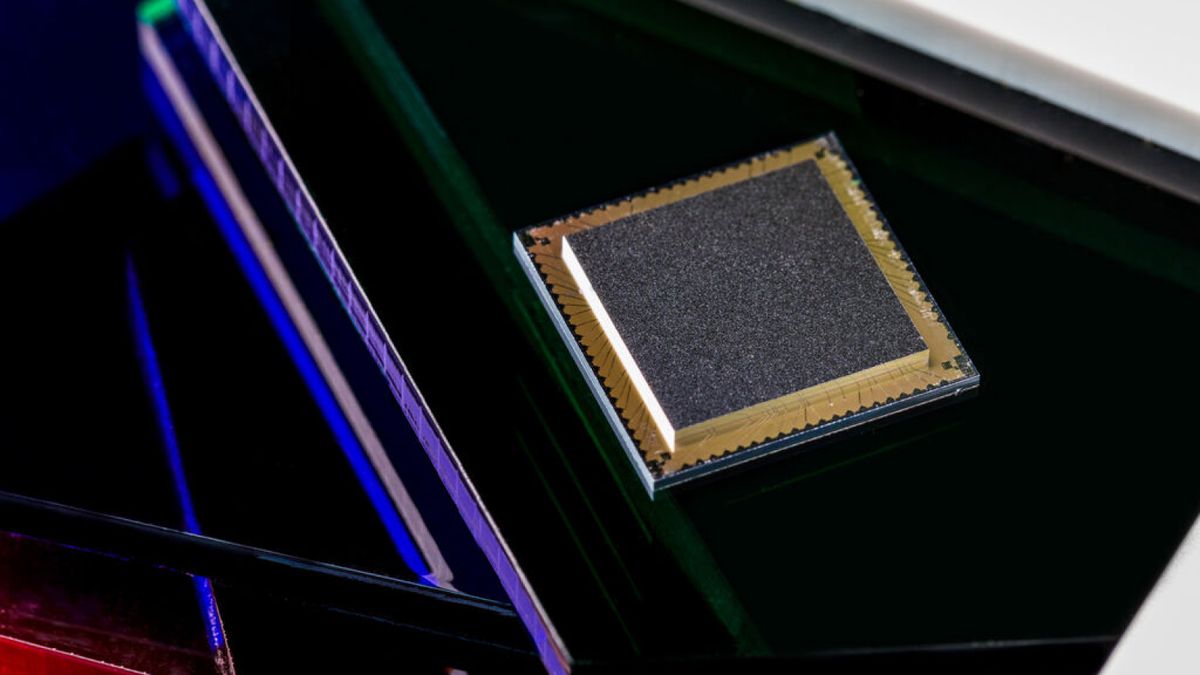Scientists in Finland say they have made inroads toward “fault-tolerant” quantum computing after achieving record-low error rates in a prototype quantum processor — potentially paving the way to more practical and stable quantum computers.
In a statement, researchers at IQM Quantum Computers said their technology had broken ground in two key areas: the accuracy of operations between qubits — the most basic units of quantum information — and the stability of qubits over time.
These factors determine the precision and durability of quantum operations in a device. High accuracy, or fidelity, between qubits allows for more precise calculations and fewer errors. Meanwhile, the stability, or “coherence,” between qubits ensures that quantum information is maintained long enough to perform calculations.
IQM representatives said scientists had achieved 99.9% fidelity in two-qubit gate operations and hit a new record in “qubit relaxation time,” meaning the time it takes for a qubit to lose its quantum state.
Related: Next-gen quantum computers could be powered using chip with high-energy lasers made 10,000 times smaller
These achievements bring fault-tolerant quantum computing — where errors in quantum calculations correct themselves automatically — closer to reality, IQM representatives said. This was particularly apparent in testing the quantum gates.
Quantum gates are the building blocks of quantum circuits, similar to logic gates in classical computers. Logic gates are digital switches that act as decision-makers in computers, using binary data (1s and 0s) to perform basic operations.
High fidelity in two-qubit gates are key for generating entangled states — when qubits become interconnected in such a way that the state of one directly affects the state of the other, regardless of the distance between them. Quantum entanglement is a cornerstone of quantum mechanics and what Einstein dubbed “spooky action at a distance.”
For the test, the coherence times were measured by the relaxation time (T1) and the dephasing time (T2). These refer to how long a qubit can retain its quantum state before it returns to its normal state and how long a qubit can stay in sync with other qubits, respectively.
IQM recorded a T1 of 0.964 millisecond, with a possible variation of 0.092 millisecond, and a T2 of 1.155 millisecond with a 0.188-millisecond variable. This means the qubits maintained their information and quantum state for nearly 1 millisecond.
While this doesn’t sound like a lot, it is considerable in the world of quantum operations, where typical coherence times are often on the order of microseconds. IBM’s 127-qubit Eagle processor, for instance, can manage coherence times of just over 400 microseconds.
“The significance of these results stems from the fact that only very few organizations have achieved comparable performance numbers before,” IQM representatives said in the statement.
If this technology is integrated into a future quantum processor, it can be used in more complex use cases than IQM’s 20-qubit quantum computer — its most powerful machine today. The researchers plan to explore potential applications in fields such as machine learning, cybersecurity, route optimization, quantum sensor simulation and health care.


